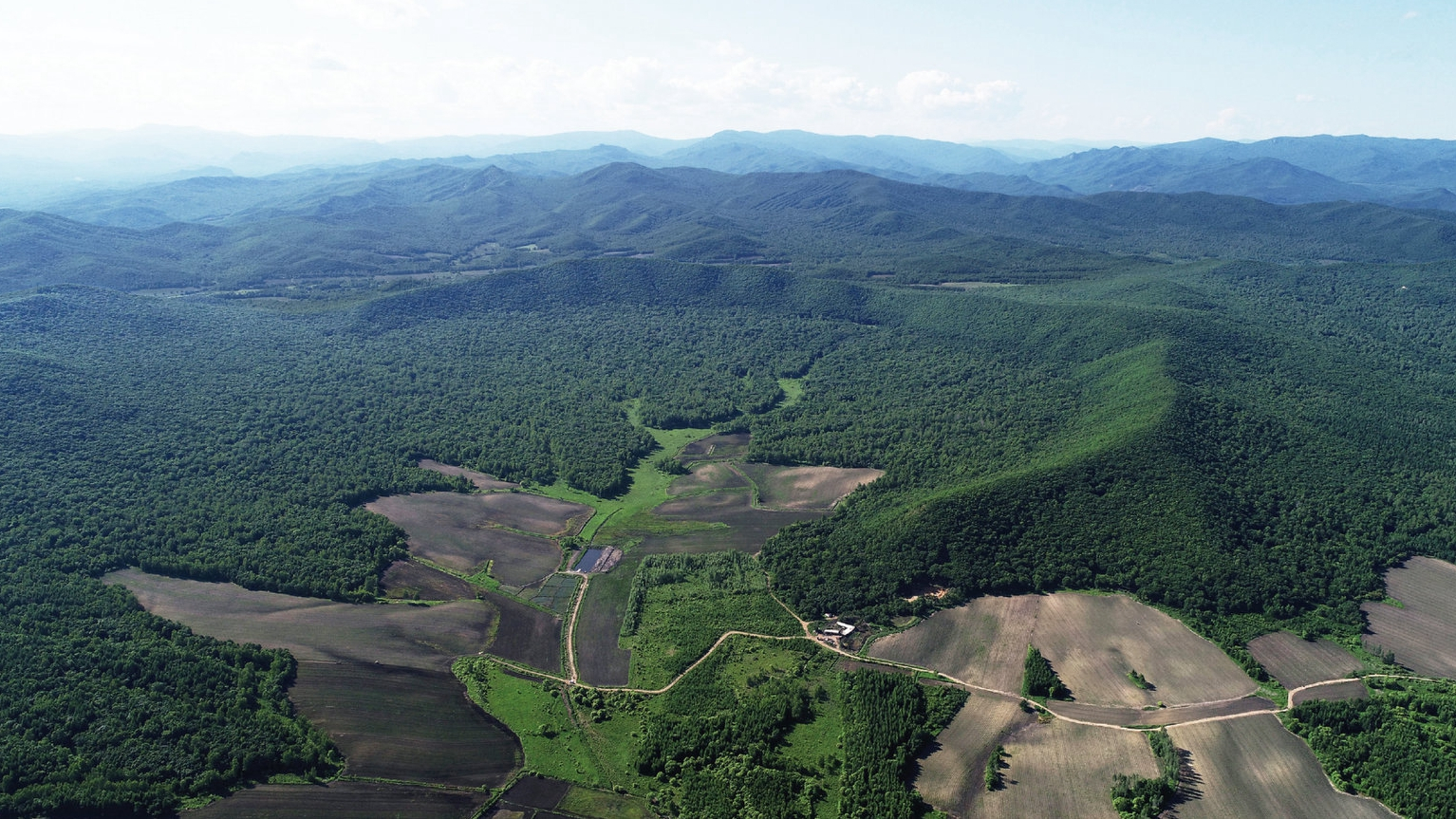
Chinese scientists have discovered a meteor crater with a diameter of 1,850 meters and a depth of 150 meters in Yilan County, northeast China's Heilongjiang Province.
Led by the Guangzhou Institute of Geochemistry under the Chinese Academy of Sciences, the findings were published online on the Chinese Science Bulletin on Tuesday.
Located in the southwestern Lesser Khingan Mountains, the bowl-shaped impact crater is mostly well preserved, with just one-third of its edges eroded. Most of the pit area is covered by white birch.
The findings noted that the Yilan crater was formed on Cretaceous granite bedrock, but the exact date of its formation needs further study. Meanwhile, the lacustrine deposits at the bottom of the crater indicate that there was once a lake at the spot, which disappeared around 10,000 years ago.
The discovery can provide new evidence of low-altitude glaciers in northeast China in ancient times, and serve as a "natural crater lab" for the future study of planetary science and geology, according to Chen Ming, a professor with the institute.
Chen determined that such a crater may be found in Yilan County through analyzing satellite images in early 2019.
There are around 190 confirmed impact craters across the world including one in northeast China's Liaoning Province, according to the Earth Impact Database.
(Top image via Guangzhou Institute of Geochemistry, Chinese Academy of Sciences )
Source(s): Xinhua News Agency